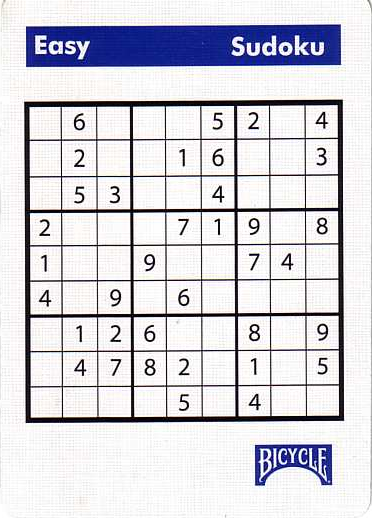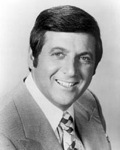 In the above video, Charlie Eppes (David Krumholtz) is discussing what has become known in math circles as the Monty Hall Dilemma. The problem itself gained prominence when it was submitted as a question to Marilyn vos Savant's column, where it caused much debate. There is further discussion of the debate over the puzzle here.
In the above video, Charlie Eppes (David Krumholtz) is discussing what has become known in math circles as the Monty Hall Dilemma. The problem itself gained prominence when it was submitted as a question to Marilyn vos Savant's column, where it caused much debate. There is further discussion of the debate over the puzzle here.What makes the solution so hard to accept is the counterintuitive nature of the answer. It seems like switching should have no effect, when, in fact, it doubles your chances. For some practical purposes, try this simulation (Java required). When you click a door, all 3 will open. Keeping in mind that, in the classic problem, you would have been shown a door that you didn't choose, and that had a goat behind it. With that in mind, all 3 doors opening will shown you the effects your choices would have. The simulation also keeps track of the results that both switching and not switching would have, so you can quickly see the improvement that switching offers.
Even with practical experience, it can still be hard to wrap your head around the “why”. On this page, in the Remark 2 section, there are several excellent descriptions which can help explain the conundrum.
Despite the current framing of the problem as relating to Monty Hall and the Let's Make a Deal game show, it is actually much older. It was originally known as the Three Prisoners Paradox. The interest provided by the game show renewed the interest in the problem, and the Marilyn Vos Savant controversy gave the problem wider publicity.




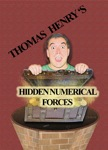
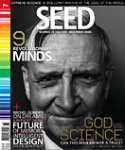
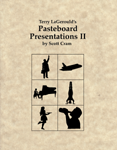
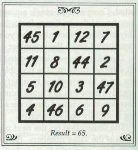
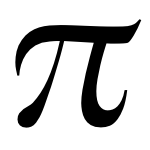 I enjoy hearing from those who are using my
I enjoy hearing from those who are using my 